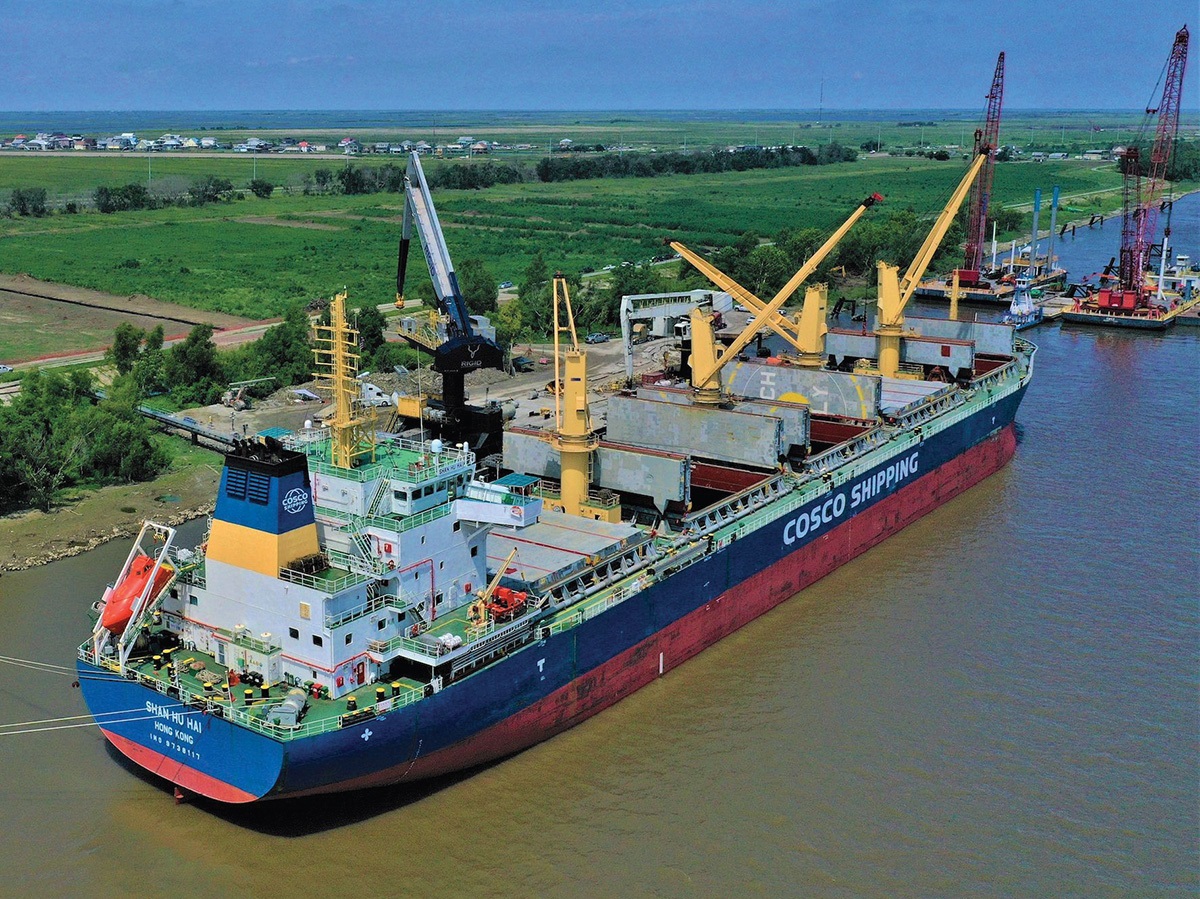Located along the lower Mississippi River, Louisiana’s inland ports are essential conduits between rural producers and international markets. Ports in louisiana, such as the Port of Greater Baton Rouge, function farther upriver and have direct connections to local agricultural and industrial areas, in contrast to deep-water seaports. They are situated near enough to important export terminals downstream to provide effective barge access from agricultural heartlands. These ports serve as staging areas where producers may store, process, and transfer raw materials onto larger vessels, greatly increasing their logistical and financial efficiency.
Supporting Regional Agriculture with Bulk Handling Capabilities
Handling massive amounts of agricultural products including corn, soybeans, rice, and sugar is one of the main functions of inland ports. For example, the Port of Greater Baton Rouge has sturdy bulk terminals and grain elevators that can handle large commodities coming in by barge, rail, or truck. Before exporting, farmers and grain cooperatives can safely store and combine harvests at these facilities. Inland ports’ specialized infrastructure lowers handling times and transit costs, assisting local farmers in sustaining profitability in cutthroat markets.
Driving Local Industry and Economic Development
Inland ports are hubs of regional economic activity in addition to being transit hubs. Because they are close to both agricultural raw resources and outgoing shipping, industries including food processing, chemical manufacture, and biofuel generation are drawn to ports. For instance, refineries, mills, and distribution hubs are all part of an industrial corridor that is supported by the Port of Greater Baton Rouge. These companies boost local economies, produce tax income, and create jobs. Therefore, inland ports directly contribute to the development of industrial resilience and regional economies.
Multimodal Access Enhances Efficiency
Louisiana’s inland ports offer multiple transit choices. The Port of Greater Baton Rouge is strategically connected by Class I railroads, interstate highways, and river barges. This multimodal design lets shippers choose the most cost-effective route. It means farmers can harvest without problems from field to market. This versatility makes Louisiana products more competitive domestically and overseas and helps local business.
Strengthening Supply Chains and Future Growth
As global supply networks develop, inland ports are helping coastal terminals maintain stability and reduce congestion. Gulf Coast ports are relieved by buffer zones like Greater Baton Rouge during interruptions or heavy export demand. Many ports are investing in renovation and technology to increase capacity and efficiency. Their ongoing improvement ensures Louisiana’s industrial and agricultural sectors will remain strong, versatile, and ready for growth.
Conclusion
Regional industry and agriculture are greatly aided by Louisiana’s inland ports, especially the Port of Greater Baton Rouge. These ports connect rural producers to international markets and boost local economies through effective logistics, multimodal connectivity, and job creation. Inland ports will remain essential resources in Louisiana’s economy as trade and industry demands rise.







